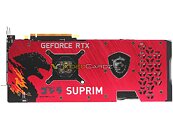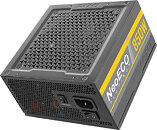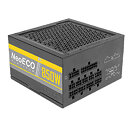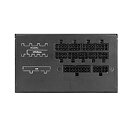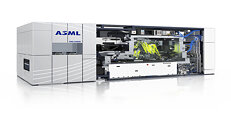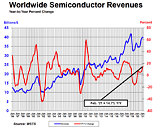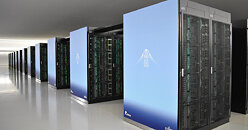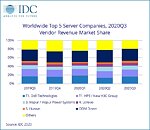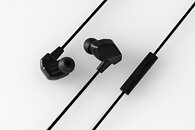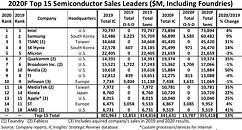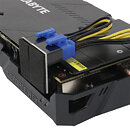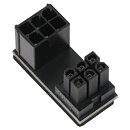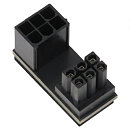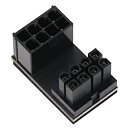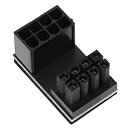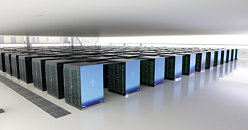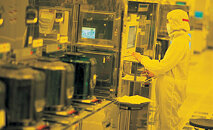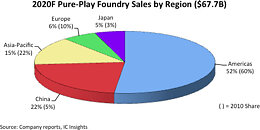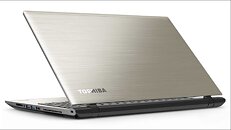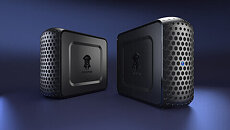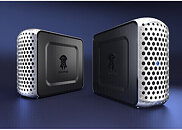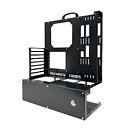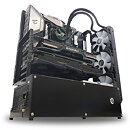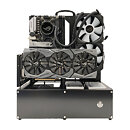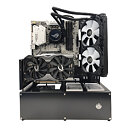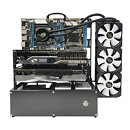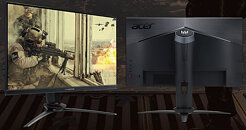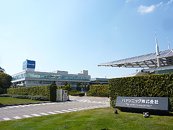Annual Notebook Shipment Likely to Break Records in 2021 at 236 Million Units, with Chromebook Demand Slowing Down in 2H21, Says TrendForce
While the stay-at-home economy generated high demand for notebook computers from distance learning and WFH applications last year, global notebook shipment for 2020 underwent a nearly 26% YoY increase, which represented a significant departure from the cyclical 3% YoY increase/decrease that had historically taken place each year, according to TrendForce's latest investigations. The uptrend in notebook demand is expected to persist in 2021, during which notebook shipment will likely reach 236 million units, a 15% YoY increase. In particular, thanks to the surging demand for education notebooks, Chromebooks will become the primary growth driver in the notebook market. Regarding the shipment performance of various brands, Samsung and Apple will register the highest growths, with the former having Chromebooks account for nearly 50% of its total notebook shipment this year and the latter continuing to release MacBooks equipped with the M1 chip.



